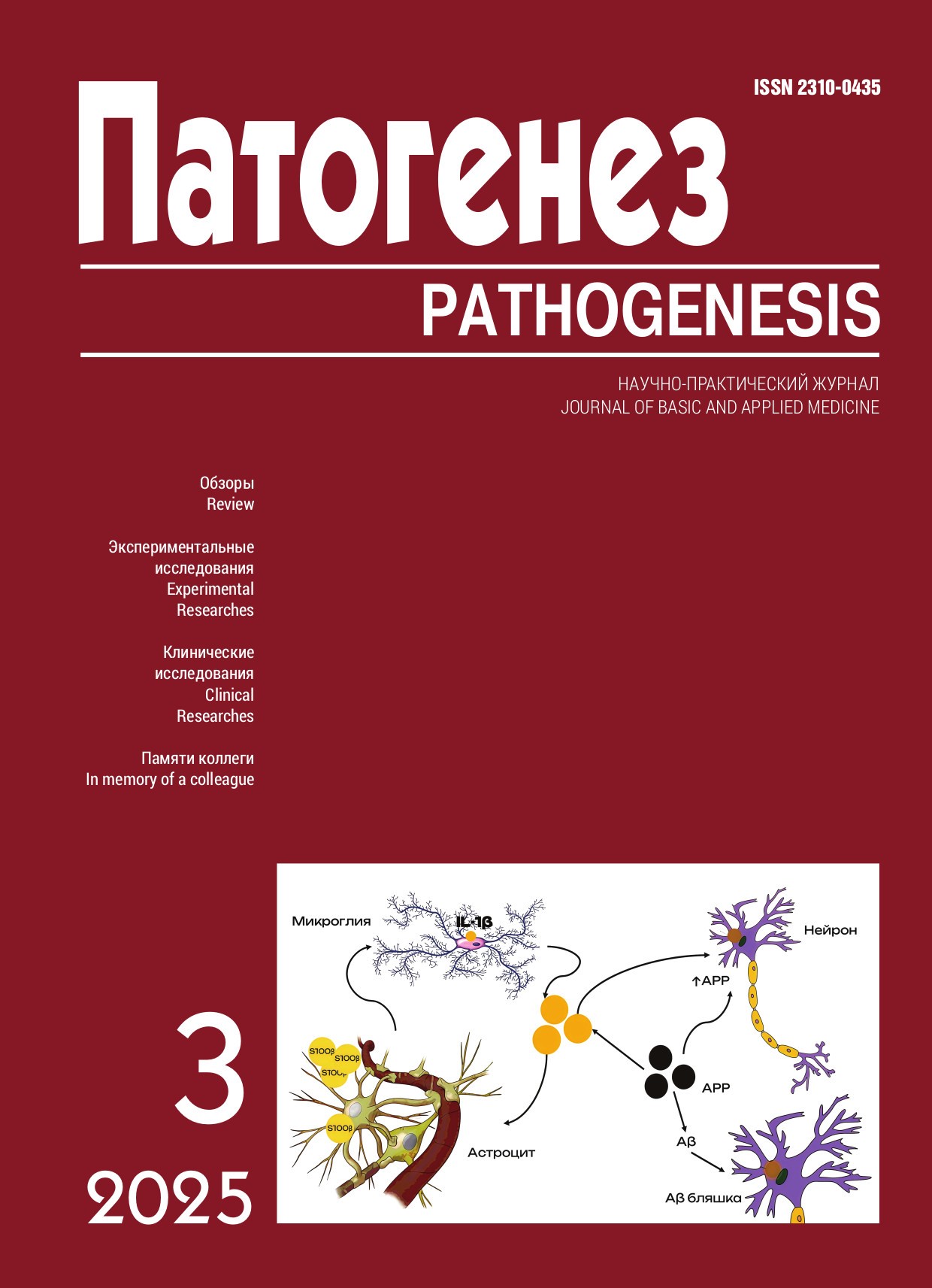Formation of cell clusters: a new mechanism of macrophage reprogramming and a new immunological marker of the proinflammatory M1 phenotype
Abstract
Relevance. Depending on their microenvironment, macrophages can radically change their phenotype, each time performing "polar" functions. For example, at the beginning of inflammation, they can have a proinflammatory M1 phenotype, and at the end - an antiinflammatory M2. In this or that pathology, adequate programming of macrophages can ensure recovery, and inadequate – on the contrary, progression of the disease. Therefore, a colossal interest arose in the factors that affect the phenotype of macrophages. During the experiments, it was noted that isolated-sitting macrophages usually had the M2 phenotype, while macrophages grouped in clusters, contacting each other - the M1 phenotype. This led to the idea that contact between macrophages can affect the phenotype of macrophages. The discovery of the phenomenon of contact modulation of the phenotype of macrophages immediately raised the question of the biological significance of this phenomenon. At least the examples show that this phenomenon can be involved in a number of important physiological and pathophysiological processes.
The aim of the work was to test the hypothesis that contact between macrophages can affect the phenotype of macrophages.
Methods. In the work, we used mouse macrophages isolated from peritoneal lavage. A suspension of macrophages in RPMI-1640 medium with 100 U/ml penicillin and 100 µg/ml streptomycin was placed in flat-bottomed wells of 48-well plates in three density options: 1) standard 0.5 million cells in 0.5 ml of medium, 2) with a lower density of 0.25 million cells in 0.25 ml of medium and 3) with a higher density of 1.0 million cells in 1.0 ml of medium, so that the ratio of macrophages to the volume of the medium did not change, and the density of planting at the bottom of the well varied. After 36 hours, using a light microscope, the phenotype of macrophages in clusters and isolated macrophages was analyzed in wells.
Results. 1) The combination of macrophages into clusters contributes to the formation of a structural M1 phenotype, and isolated settlement of macrophages - M2 phenotype. 2) A decrease in the density of macrophage settlement contributes to the formation of the M2 phenotype, and an increase - M1
Conclusion. Continuing to study the mechanisms of contact modulation of the macrophage phenotype could open a new direction in the study of innate immunity: signaling relationships between migration and adhesion molecules, the structure of the cytoskeleton and intracellular proinflammatory mechanisms of macrophages. In addition, the phenomenon of contact control of the macrophage phenotype will probably allow a better understanding of the immune pathogenetic mechanisms of pathology development. Finally, in the future, the mechanisms of contact modulation of the immune macrophage phenotype may become an excellent therapeutic target for the correction of impaired immune response in various pathologies.




